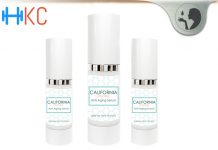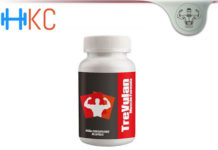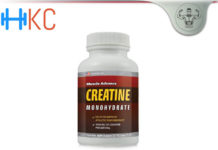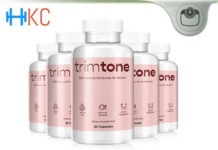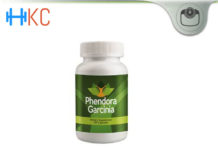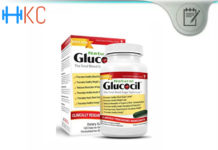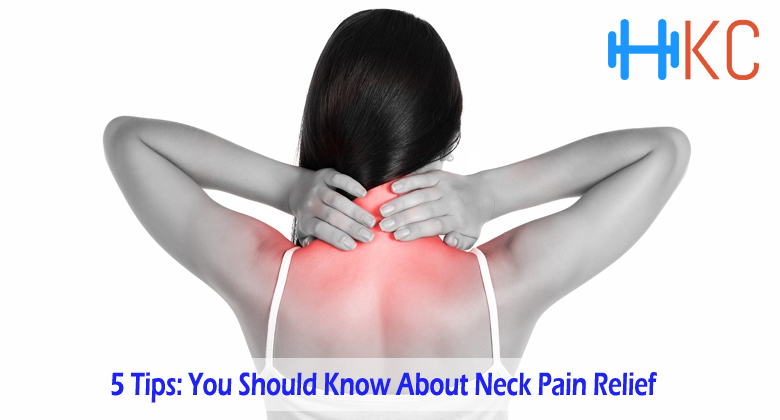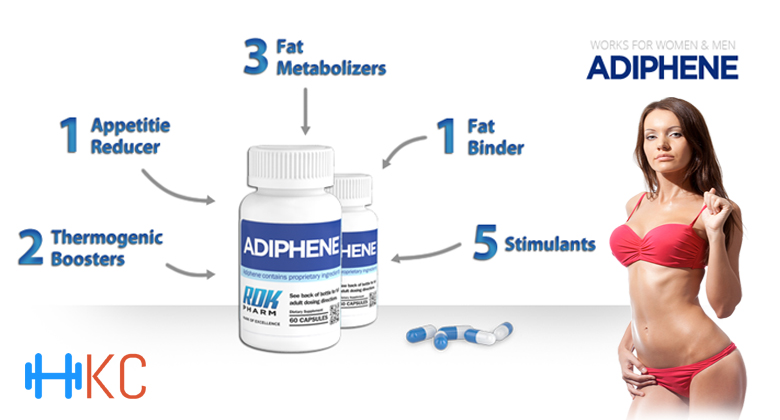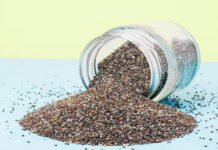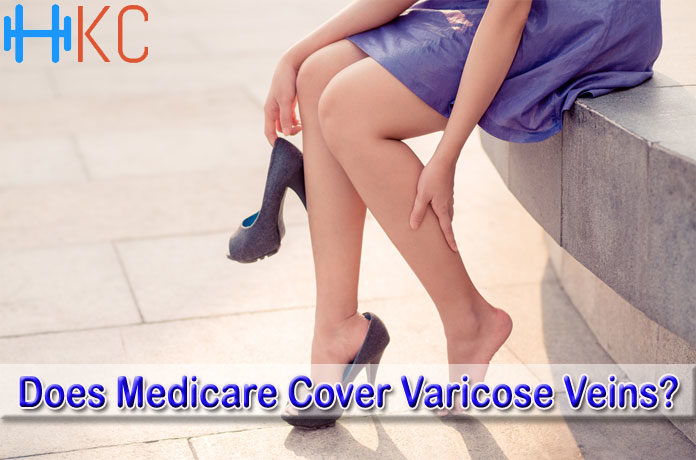
Varicose veins affect about one-fifth of all adults at some stage of life. Many people consider them harmless, but in actuality, varicose veins can sometimes develop into a more serious condition. When swelling, itching or inflammation develops, it may be time to see a vein treatment center.
If you are covered by Medicare, here’s what you should understand about your condition and how Medicare will cover treatment. It’s really important to understand how your Original Medicare benefits cover this illness so that you can plan for the out-of-pocket expenses that you will pay.
Causes of Vein Disease
Your circulatory system carries oxygen to the rest of your body. Arteries take the oxygenated blood from your lungsand heart to your other organs and body tissues. Your veins then return the oxygen-depleted blood back to the heart.
While gravity assistswith returning blood to your heart in your upper body, the blood in your lower body has to work against gravity to get back up to your heart. Your muscles make tiny contractions to assist with pushing that blood upward. When this happens, a one-way network of valves inside your veins will close between those contractions to prevent the blood from flowing backward.
As we age, our veins can often weaken or leak our blood back in the wrong direction, causing your blood to pool. This is what creates the swollen or ropy appearance of varicose veins. Your legs are most often affected because walking or standing can increase pressure on your veins.
Complications of varicose vein
While serious health concerns related to varicose veins are not common, they do sometimes happen. You may experience: they can include:
- Bleeding. Sometimes veins just below the surface of your skin can break, causing bruising or bleeding. Varicose veins just beneath the skin may sometimes burst and cause bleeding.
- Formation of skin ulcers. Too much fluid in the legs can create skin ulcers on your lower extremities. If you see skin discoloration, this could be a precursor to ulcers. Since ulcers can be painful, you should consult a Medicare doctor immediately.
- Clots in your blood. While you notice veins on the skin, there are also veins deeper inside your legs. If clots form in these veins, you are likely to notice pain and swelling that develops quickly. Blood clots can be very serious, so you should seek emergency care.
While age is a factor in varicose veins, your weight and family history are also risk factors. Women are also more likely than men to develop varicose veins due to hormones that soften the walls of your veins.
Medicare Coverage of Varicose Vein Treatment
Medicare is the national health insurance program for people age 65 and older in America. While Medicare does provide the foundation of healthcare coverage for this group, it’s important to understand that Medicare is not free, and it does not cover 100% of covered expenses either. In general, Medicare will pay a share and you will pay a share. There is supplemental coverage that you can purchase though, to help fill in the gaps.
Most people will not need medical care for varicose veins. Individuals can exercise, eat a high-fiber diet, watch their weight and elevate their legs to reduce the pressure that causes swelling. Many people also wear compression garments for added support. These are not covered by Medicare.
However, if your weight may be causing varicose veins, Medicare may help to pay for counseling for weight loss. Qualified individuals will have no copays for these sessions.
Likewise, if you develop complications such as ulcers, Medicare may cover outpatient treatments such as sclerotherapy or laser ablation. In general, Medicare will cover any medically necessary treatment but not any cosmetic treatment.
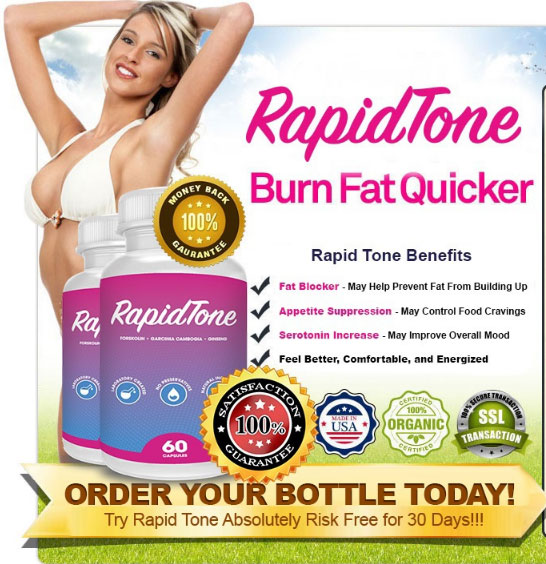 Original Medicare
Original Medicare
Your Original Medicare benefits are made up of two parts. Part A is your inpatient hospital benefits which also covers skilled nursing facility care, blood transfusions, and hospice benefits. Part B is your outpatient medical coverage, and it covers most everything else, including doctor visits, labwork, diagnostics, outpatient surgeries, and much more.
Since treatment of varicose veins occurs on an outpatient basis, Medicare Part B is what cover the treatments. Part B has an annual deductible which you must satisfy before it begins to pay benefits on your behalf. In 2018, this deductible is $183, and in 2019 it will go up to $185. Upon your first outpatient visit of the year, Medicare will apply the deductible and your healthcare provider will then bill you for that deductible.
After you satisfy that annual deductible, Medicare Part B will then pay 80% of the cost of your treatments. This goes for any medically necessary treatments that are approved and allowed by Medicare. You are responsible for paying the other 20% out-of-pocket. Unfortunately, there is no cap on the 20% that you owe, so if you have a number of outpatient healthcare services in one year, this 20% coinsurance can become quite costly.
Many Medicare beneficiaries choose to cover these types of cost-sharing with supplemental coverage. If you havea really comprehensive policy in place to help you cover the gaps, then your back-end expenses will be quite predictable. There is no limit to how much a Medicare supplement will pay in a given year, either. There are 10 standardized Medicare supplement options available for purchase from various insurance companies throughout the United States.
When you enroll in Medicare supplement coverage, your provider will bill Medicare first. Medicare will pay its share and then send the remainder of any covered bills to your Medicare supplement company to pay its share. Sometimes this results in nothing left over for you to pay, depending on the level of supplement coverage that you have chosen.
Should a serious complication develop while you are being treated for varicose veins, you may need to be hospitalized. Hospital stays fall under Medicare Part A, as we mentioned above. While you must pay for your Part A deductible up front, Medicare then covers your first 60 days in the hospital before you would begin to owe any additional hospital costs. A stay of more than 60 days is rare.
Medication Coverage
Most of the time your doctor will not prescribe any medication that specifically treats your vein disease, but it’s possible she may prescribe medication to treat underlying conditions that may be contributing to your varicose veins. Part B will cover any medications administered to you in the doctor’s office. However, if your doctor prescribes a retail outpatient drug, then you will need a Medicare Part D policy to help you pay for the medications.
Medicare part D was created in 2006, and it is a voluntary form of coverage that beneficiaries can purchase to help them defray the costs of prescription drugs. These plans are offered by private insurance companies in each state and each plan has it own drug formulary. Medicare has a Plan Finder Tool on its website that you can use to determine which Part D drug plans in your state will provide you with the most cost-effective coverage for your specific outpatient medications. You should consider enrolling in a plan when you are first eligible for Medicare so that if you have unexpected drug needs in the future, you won’t be caught without coverage.



